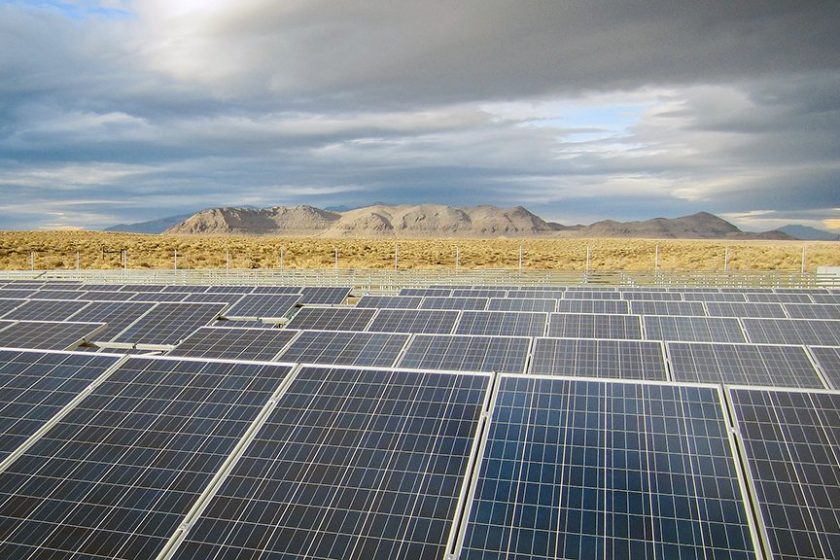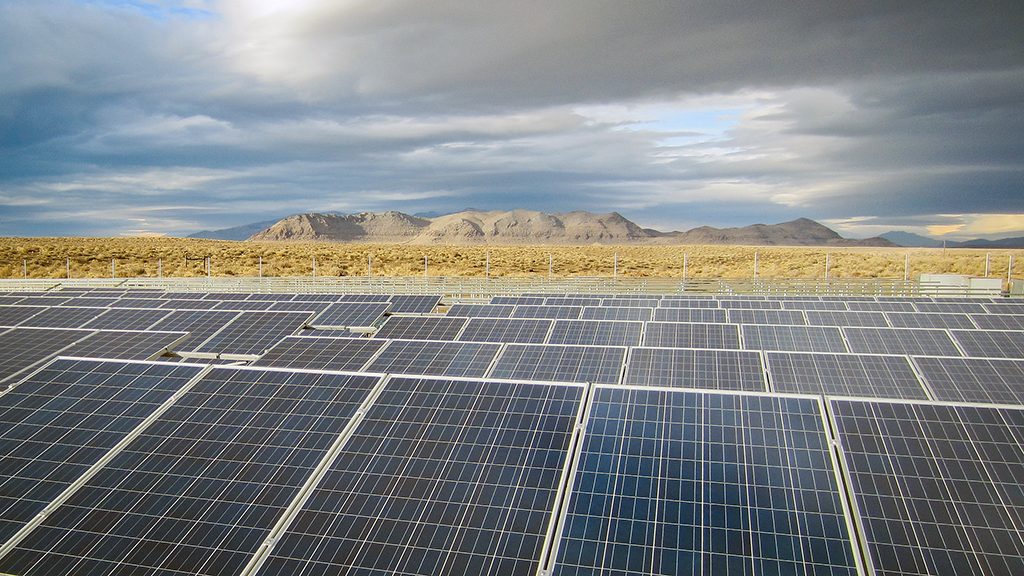
Harvard researchers have developed a new type of battery that can last up to ten years. In its most promising application, the invention could be an inexpensive storage solution for renewable energy.
The new flow battery—or one that stores energy (and is rechargeable) via liquids in tanks—loses just one percent of its capacity per 1,000 cycles. To put that into perspective, a lithium-ion battery—like the one that powers a smartphone—can’t even survive 1,000 charge/discharge cycles.
Besides its decade-long shelf-life, the battery is also non-toxic and -corrosive. “Because we were able to dissolve the electrolytes in neutral water, this is a long-lasting battery that you could put in your basement,” notes researcher Roy Gordon. “If it spilled on the floor, it wouldn’t eat the concrete and since the medium is noncorrosive, you can use cheaper materials to build the components of the batteries, like the tanks and pumps.”
Learn how it works in the video below.
Energy storage still is one of the biggest factors preventing renewable energy, like wind and solar, from being a cost-effective alternative to non-renewables. The flow batteries could potentially solve that problem. There is no timetable for its production as of yet. For more on the flow battery, click here.
—RealClearLife Staff
This article was featured in the InsideHook newsletter. Sign up now.
























